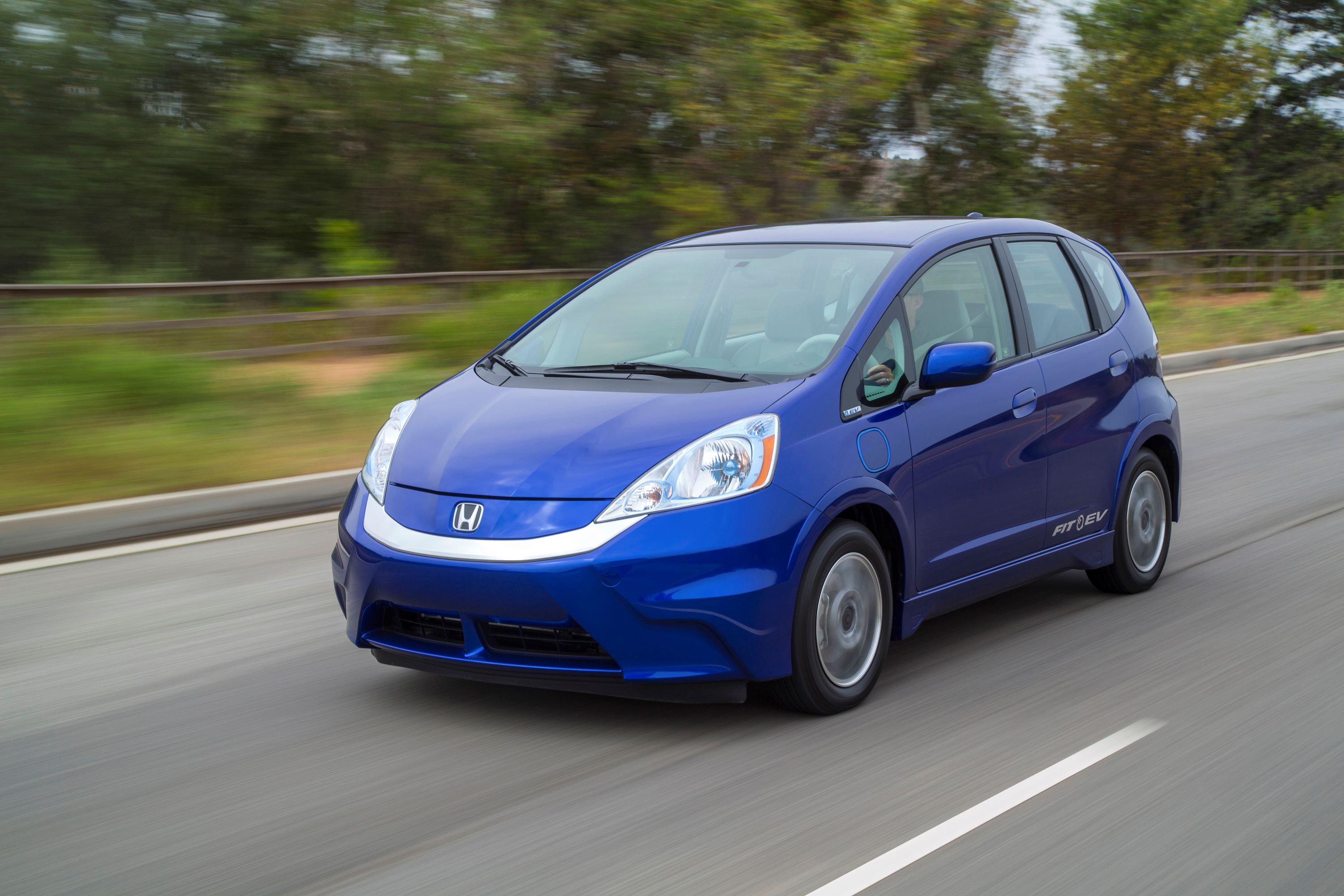
Did you remember Honda once built an electric version of the Fit? Yeah, we forgot too. The Honda Fit EV made its debut back in 2013 and with a rating of 118 MPGe, was the most efficient electric car sold at the time. So why doesn't anyone remember it? Because Honda only offered around 1,100 Fit EVs as three-year leases to customers in California and Oregon for the affordable price of $389 per month.
Although it was efficient for the time, the Fit EV's range of 82 miles wouldn't be enough to keep it competitive in today's EV market and it was quickly discontinued in 2014. The Fit EV has since been replaced by the Clarity Electric, but Honda hasn't forgotten about its first attempt at an electric car.
Even though Honda has moved onto newer EVs, the issue of what to do with all of the old Fit EV batteries is still present. That is why Honda is conducting research with Ohio-based electric utility, American Electric Power (AEP), to repurpose Fit batteries for AEP's electricity system. The project will focus on reusing the old EV batteries so they can store energy for the grid. This way, the power stored in the batteries can be used to satisfy energy demand during spikes in the evening hours, when drivers plug in their newer EVs after arriving home from work.
Toyota has also been toying with a similar idea using old Prius batteries, and Nissan has even designed Leaf batteries to power small homes. Figuring out what to do with old car batteries is a major issue because recycling them can be an expensive and dirty task.
"Together with AEP, we are exploring opportunities to use the 2nd life battery to improve energy security, reduce CO2 and prepare for broad-scale electrification of the transportation ecosystem," said Ryan Harty, manager of Connected and Environmental Business at American Honda Motor. "Neither automakers nor utilities can address these complex technical, policy and business issues alone." With Honda set to produce new EVs like the recently-announced Honda-E, we think it will be cool for owners to know that their new EV could potentially be receiving its charge from the batteries of their old EV.
